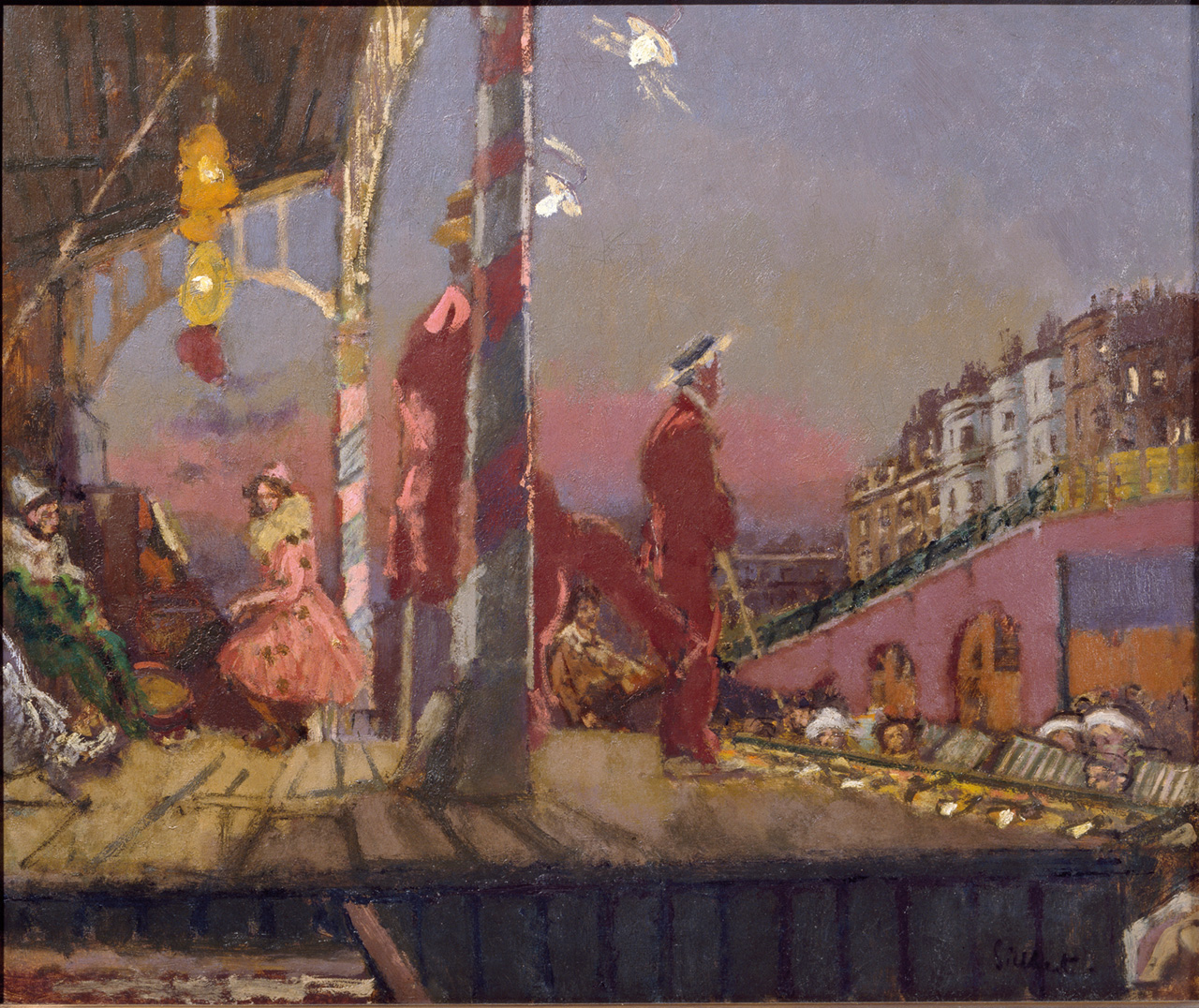In the frame: Walter Sickert
Born in Germany in 1860 and raised in London he became the bridge between French Impressionism and British Modernism – and was arguably the most influential artist of his time
Walter Richard Sickert was a popular man. Generous, charming, cosmopolitan and a formidable raconteur, the German-born, London-raised artist is credited with providing the strongest link between French Impressionism and the British Modernism that came to prominence during the early 20th century.
Sickert was an actor until, aged 21 in 1881, he enrolled at London’s Slade School of Fine Art. He became studio assistant to the renowned American artist James Whistler, then working in the British capital.
“He influenced the young Sickert a huge amount during what you could call his first learning period,” explains Ann Bukantas, head of fine art at Liverpool’s Walker Art Gallery. She says that through Whistler, Sickert soon became acquainted with the French Impressionist Edgar Degas.
“You can see how that relationship led him to move on, adapt the way he paints, his subject matter and his interest in the way light falls on surfaces, the way he applies paint.”
Bathers, Dieppe (1902), one of Sickert’s most famous works, will be shown at the Walker’s Sickert: A Life In Art show. According to Bukantas, it encapsulates this period in his artistic career.
“It’s such a modern and fresh painting and what’s really interesting about it is it seems to have no beginning or end. It seems to spill off the canvas and there’s no real horizon line – the viewpoint’s difficult to fix. It’s so intriguing and quite rightly viewed as one of his masterpieces.”
Along with almost 150 of Sickert’s preparatory drawings, another significant work, 1915’s Brighton Pierrots, will also be displayed. Painted during the First World War, a particularly bleak period of European history, the warm, vivid colours employed are “radically unusual”, says Bukantas.
“It’s got such life but there’s a slightly sinister side that really draws you in. There are layers with the stage, the actors, the clowns, the Brighton seafront houses behind – it’s so very evocative and atmospheric and the use of colour almost makes it electric.”
As years rolled by Sickert’s work became darker.
“There was a real edge to it,” says Bukantas, describing the period in which he moved further from the French Impressionism initially inspired by Degas. Sickert’s paintings began to adopt a rather more sombre tone, occasional bleakness even, something which undoubtedly reflects in the work of 20th century titans such as Francis Bacon, Frank Auerbach and Lucian Freud.
“He is one of the artists many people regard as a touchstone, a founder of Modernism, and if you look at his work through a modern, contemporary lens you’ll find many techniques and styles that you find among today’s artists,” says Bukantas. “It’s all about drawing attention to the surface and how the painting was made.
“He purposely let the viewer see the canvas, where the paint is either thin or the material is totally exposed, or you may be able to see the grid that was laid down under the paint where he’s deliberately left parts bare,” she continues. “We have conversations about similar techniques used by artists of today and, in that respect, I wouldn’t be surprised to hear Sickert described as the most influential artist of his time.”
Sickert: A Life in Art, Walker Art Gallery, Liverpool 18 Sept to 27 Feb 2022
Image: 1915’s Brighton Pierrots “has got such life but there’s a slightly sinister side that really draws you in”, says Walker curator Ann Bukantas

Leave a reply
Your email address will not be published.